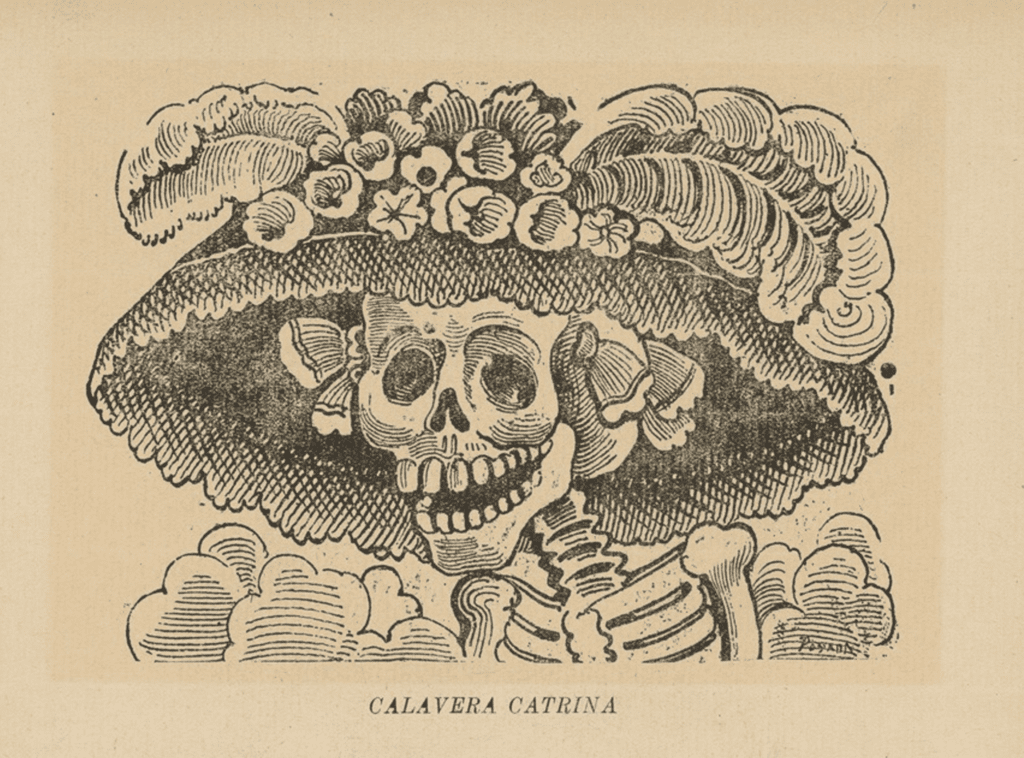Día de los Muertos is thought to date back about 3,000 years, all the way to the Toltecs, Mixtecs, Zapotecs, Maya, and Aztecs. On this day, it’s believed that the border between the spirit world and the real world dissolves, and the souls of the dead awaken and return to the living world to commune with their loved ones. In turn, living family members treat the deceased as honored guests, leaving foods and other offerings at gravesites or on the offerings (ofrendas) built in their homes. It’s a tradition that highlights death as a key part of the life cycle and an opportunity for the living and the dead to “meet” again, when families can honor, remember, and celebrate loved ones who have passed. Flowers—symbolizing the brevity of life—are an essential element of the Day of the Dead ofrenda, with the marigold in particular associated with this tradition, along with calaveras (skulls), papel picado (colorful cut paper), and La Catrina.
Originally celebrated in August around the time of the harvest, Día de los Muertos was moved to coincide with All Saints’ Day and All Souls’ Day, Catholic traditions observed on November 1st and 2nd. Now, November 1st (Día de los Inocentes) is celebrated as a day to remember children who have passed away, and November 2nd (Día de Muertos) honors adults. In some places, Día de los Muertos is observed over seven days, starting on the 27th by honoring pets that have been lost.
Although Día de los Muertos tends to be most closely associated with Mexico, it is also celebrated in other parts of Latin America, and is becoming increasingly popular among Latino communities abroad, including in the United States. This tradition includes many morbid references but the iconography is extremely lively, emphasizing that life is made more vibrant by the understanding that death is a part of it.



You must be logged in to post a comment.